Reluctant to lose any time, our guide led us to the first shelter known as the prisoner's communal toilet. Hitler and his men with their deranged idea of racism really thought little of their prisoners. Empty and hollow, long trenches with cemented toilet openings act as the camp's urinal. It was the poorest living conditions at its finest. Lined up, thousands of prisoners were only given a few minutes to use them during specific breaks, otherwise, they do not get to use them at all. Some prisoners also worked here, scooping out the mushy feces of their relieved fellow inmates. Ironically, this is one of the "best" places to work around the camp - the Nazi's, afraid of catching diseases, left the workers to themselves and stayed away from it.
As we moved out into the field, we walked towards the railway tracks that greeted us where a windowless railcar stood. This, our tour guide said, is one of the original cars used to transport the Jews into Auschwitz, mostly Hungarian Jews. Packed with prisoners, thousands of deaths occur here even before it reached Auschwitz - suffocation and starvation, mostly the cause. Once in the camp, prisoners' fate were no different. Deviously welcomed by an SS commander and his troops, the commander would ask prisoners to line up in two. On the right - young, robust men ready for work. On the left - children, women, old and sick men, deemed useless. Those in the right would live for another day as slaves, and the other, would be asked to "take a shower," a Zyklon B shower. Families, friends and loved ones would see last of each other here.
The sun was at its mid-afternoon peak, the wind dry. The first few groups we've seen earlier had headed back out, replaced by new saddened and stunned faces. Our group slowly dispersed while some stayed with our guide, asking more questions upon questions. I had them too, about those who escaped. How did they do it? How did they not get caught? But those questions were selfish and trivial. I only hope to find some assurance that there must be something good to celebrate on, that amidst its haunted history, Birkenau, took mercy and set others free. But as if Auschwitz knew my heart's content, the tour guide became occupied with other tourists that to wait for her meant missing the bus in half an hour. So Ralph and I decided to explore the rest of Birkenau into the woods. We kept the mood light, joking how the German's are still the same - efficient, but the atmosphere refused to improve, remaining somber. There was a silence that passed between Ralph and I, imagining that the same unpaved road we were trudging on were the same ones, prisoners, workers and Nazi's trudged alike, that the same unpaved road carry strewn human ashes. We passed by guard houses, tall trees, and ponds then hesitated to go even further and peek at the last building standing in the area. The bus might leave without us, was our excuse but deep within, sadness. Saddened by the sound of the eerie air, the cacophony of innocent, hollow cries.
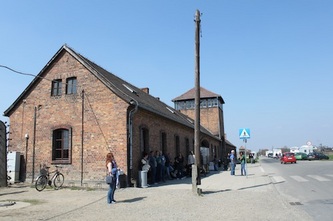

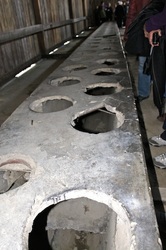

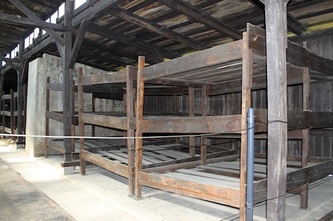
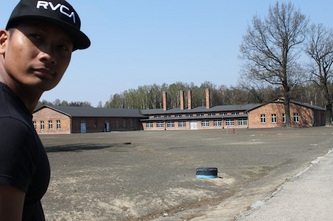

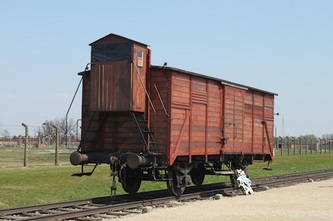
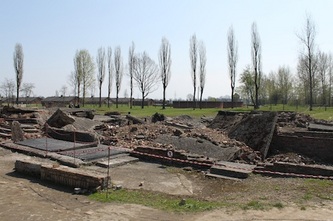
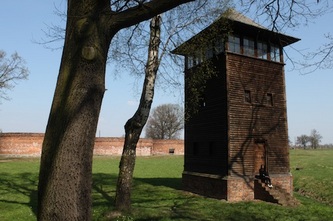
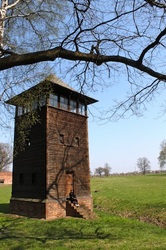

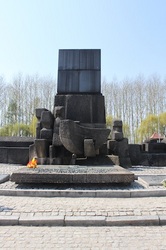


 RSS Feed
RSS Feed